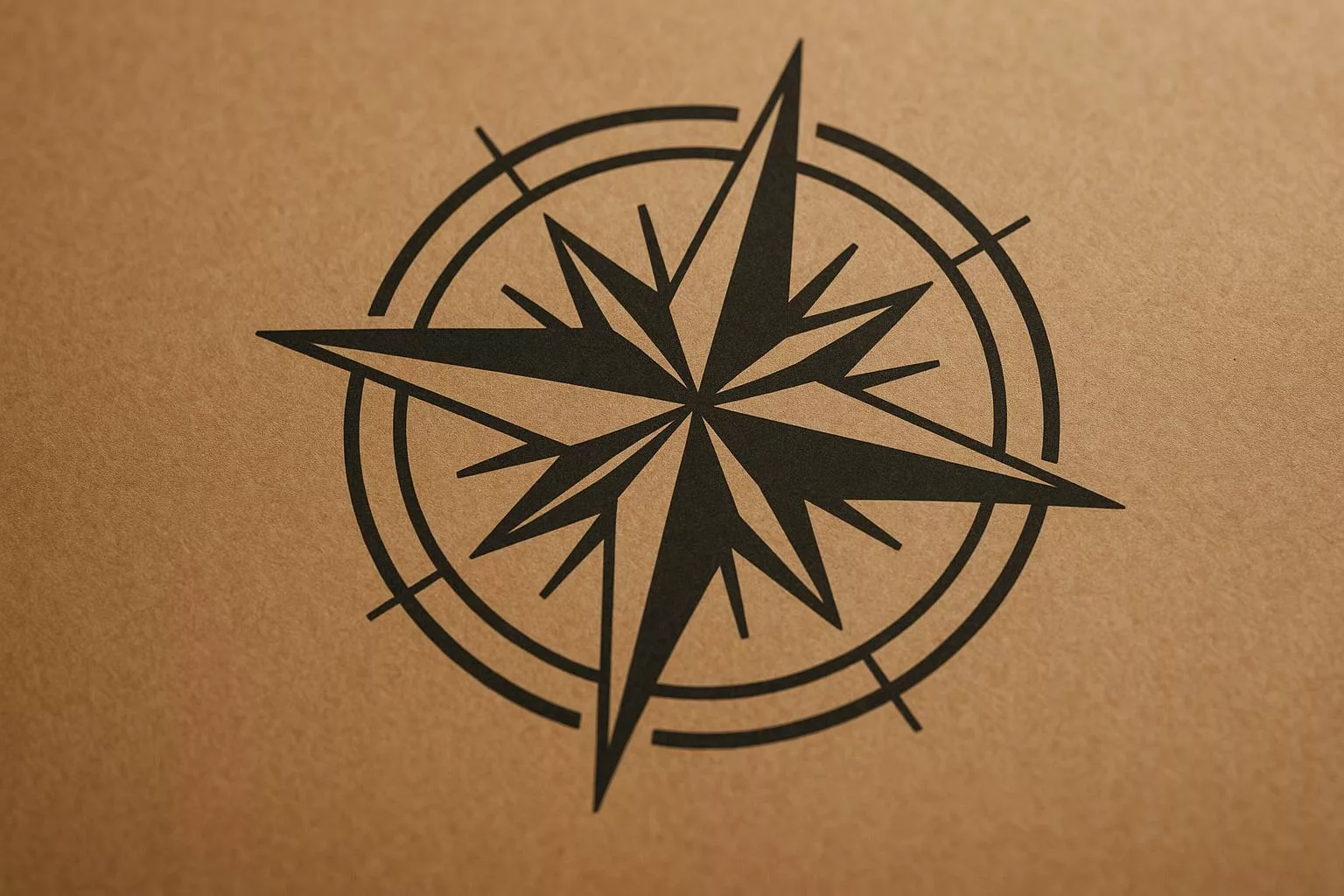Last winter, I spent an entire snowy Saturday staring at our content calendar: yes, the giant spreadsheet that serves as both a north star and, some days, a shapeless heap. Outside, the weather was doing its best impression of a Canadian cliché: frosted pines, total stillness, and the distant echo of a snowblower. Inside, my challenge was no less elemental: trying to figure out what makes content truly matter long after the publish button is pressed.
One question I keep circling back to is this: How do you build a content approach that not only keeps pace with trends but actually survives the endless churn of digital noise? In a world where anyone can type a prompt into an AI tool and call it a blog post, what separates throwaway content from something with lasting impact?
When Strategy Gets Personal
I’ve been in the game long enough: juggling remote work, hopping on meetings on different platforms, and building strategies for brands and creators alike. One thing I’ve seen again and again is how easily people mistake content strategy for a simple checklist. Define your goals. Understand your audience. Audit your existing content. Fill up the calendar. Maybe throw in some competitive research.
This is all solid advice, and you’ll find it echoed from Neil Patel’s playbooks to tools like Copy.ai. But here’s what those articles often leave out: content that actually works is rarely tidy or linear.
Take audience research as an example. A few months ago, we changed our approach and spent a week just talking to people. No surveys or dashboards. Just real conversations. One small business owner near Calgary told me how exhausting it is to separate fact from fluff online. A Toronto entrepreneur said he only reads content during his toddler’s nap time, and only on his phone.
Suddenly, our “target persona” wasn’t some abstract idea. These were real people, full of quirks and context. That kind of insight changes how you write, or at least it should.
The Content Lifecycle: Also Known as the Neverending Story
After launching, rebranding, and pivoting more times than I can count, I’ve come to believe that real mastery comes from embracing the entire life of your content. Creation, it turns out, is only the midpoint. Here’s what that reality looks like:
- Idea generation starts with listening. The best ideas often come from conversations, recurring questions, casual brainstorming, or random ideas that strike during a walk in the woods.
- Content creation remains a human task, even with AI. I use AI for draft creation or outlining, but the parts people actually remember—the details that feel personal—come from lived experiences. If something can’t make me pause or smile in recognition, I doubt it will move anyone else.
- Distribution is critical. Many great pieces fail simply because they are tossed into the void with little strategy. Effective content reaches the right people at the right time. Maybe in a Slack group. Maybe through a personalized email. Sometimes in a niche newsletter.
- Analysis must be honest. This part often gets skipped, and I’ve been guilty of it too. But progress lives in the data. Which posts keep people reading? When do they click away? What story or phrasing gets them to sign up? If you don’t look, you’re guessing.
- Refreshing content is underrated. One of my most surprising wins is an old post from 2021 about remote work. It still drives traffic today. Sometimes your smartest move isn’t to create something new. It’s to update or repurpose what you already have so it answers today’s questions.
Why Mastery Goes Beyond Checklists in 2025
AI has changed everything, no doubt. But here’s the twist. While AI is great at spotting trends or fixing grammar, it can’t tell the story of your first failed launch or what it felt like to lose an important client. It can’t explain why your unusual About page makes readers linger and laugh.
That’s why the true edge in 2025 is a smart blend: using the efficiency of technology while still tapping into real human insights.
Originality, authenticity, and a deep commitment to relevance are your greatest assets. The most successful brands and creators don’t just produce more content or do it faster. They bring themselves fully into their work. They let their voices shine. They share challenges, not just wins. They are open about what they’re still figuring out—even when they’re using AI.
If you’re not constantly updating, repurposing, and analyzing what works, you’re just running in place. That’s not criticism. It’s a lesson I’ve learned personally, and sometimes the hard way.
The Pillars That Matter in 2025
So here’s my current truth. A content strategy that works in 2025 can’t get too comfortable. It means staying grounded in the real lives of your audience. It means using every tool available, but always returning to real reflection. Reinvention is part of the process.
If you’re feeling overwhelmed by tools, workflows, and endless advice, I get it. I’ve been there. What kept me going was treating each cycle of work—idea, creation, analysis, refresh—like an experiment. Sometimes you find gold. Sometimes you just learn what not to do next.
What if we stopped asking how to hack the algorithm and started asking what only we can say? That’s the kind of content I’ll still be proud of. Whether the view outside my window is a snow-covered pine or a rainy sidewalk in spring, and no matter how fast the digital world moves.
And after all these years and all these pivots, that’s the only content strategy I trust.
